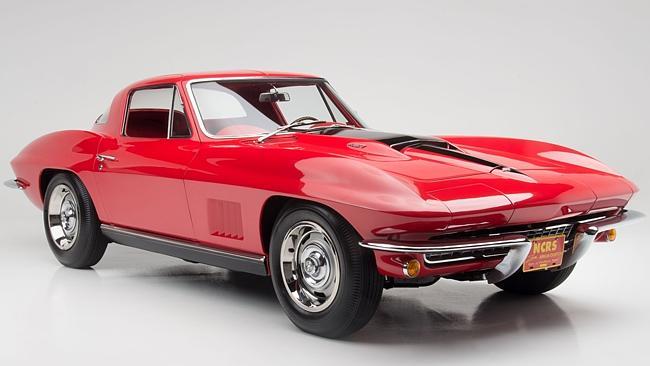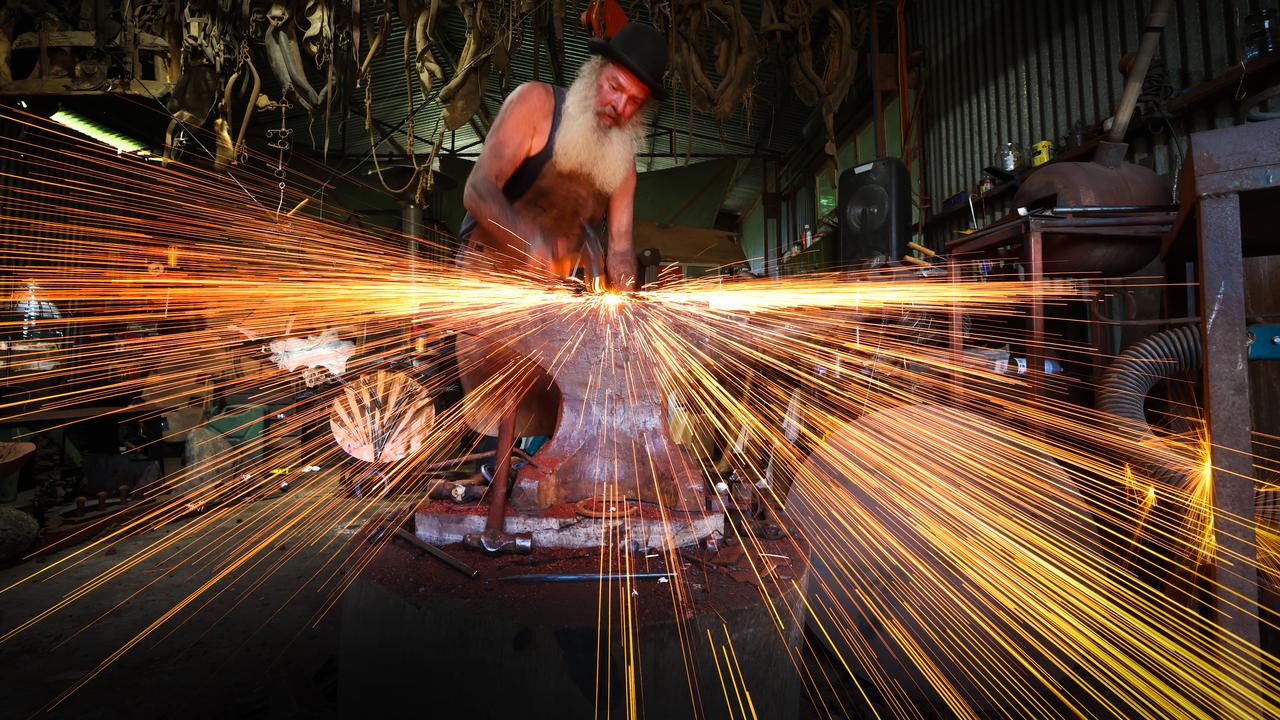Small change for a beast
WHAT can you buy for $300 million? A block of flats at Point Piper? Or all 2500 cars that sold at Scottsdale last month.

WHAT can you buy for $300 million? A block of flats at Point Piper? A big night out with a few mates at Attica? Or you could buy the whole of the Republic of Palau and have enough change to turn Bem Ermii Burgers & Fries into a high-class casino.
Or you could have bought all the 2500 cars that sold at Scottsdale last month. Apart from having to buy a new garage and explaining to your partner that the traffic jam outside is just your new metal collection, the fact is, you had to kiss a lot of frogs to find a few princes or princesses.
However, the reality is that for only $20m you could have bought the top four cars: a 1967 Corvette L88 from Barrett-Jackson for $4.3m; a 1958 Ferrari F250GT from Dave Gooding for $7m; a 1958 Ferrari 250 GT LWB from RM Auctions for $10m and a Ferrari 212 Berlinetta from Bonhams for $3.6m.
Of course, the interesting sale here was the Corvette. I make this the seventh most expensive postwar US car to sell at auction and certainly the highest price paid at auction for a Corvette.
Now here's the thing. GM didn't even want you to buy one. They only wanted people they liked to race them. So they sold only 10. But they were good for 275km/h and could do what we used to call the standing quarter mile in just above 13 seconds.
Just so you get how much a beast this nearly 50-year-old car is, think about this: nearly 50 years ago the L88 was as fast as, or faster over the quarter mile than this year's Jaguar XKR and Subaru WRX, and only slightly slower than this year's Aston Martin and Corvette.
On the other hand they had no creature comforts. No radios, no air-conditioning and certainly no satnav. They did have ashtrays, which is a big improvement on today's politically correct cars.
More importantly, Corvettes are still winning big races.
Cars called Corvettes (like some V8 Supercars are called Holdens) took the first four places in this year's Daytona 24-Hour Race in Florida.
Now I don't want to get weird on you here but the race was held on Australia Day and the easiest city to drive to the track from is Melbourne.
But wait, of course there is more: two Australians starred in this year's event.
Jim Davison, grandson of Lex and old Scotch cox, was his team's fastest driver in the Aston Martin V12. Gosford superstar - there are no rowing clubs in Gosford but the sailing club does a very nice steak, chips, salad and a schooner for only $15 on Wednesdays (for non-NSW residents, a schooner is not a sailing term) - Jim Kovacic was mentioned as a star in his team.
Even more importantly, our old friends in the Flying Lizard team took second in their class in an Audi R8.
A flying lizard is the US equivalent of a white elephant.
If you haven't got $300m or even $20m then you don't own a speed camera. Sydney's Daily Telegraph revealed that "a single speed camera in the Eastern Distributor is raking in more than $12,000 a day". Talk about making money while you are asleep ... that's $2.2m a year.
According to a company ASX 2013 release, Redflex won a NSW government contract to increase the number of speed cameras it provides.
To paraphrase ABC News in the US, "if you give companies and governments an incentive to ticket more, lo and behold, they will ticket more".



